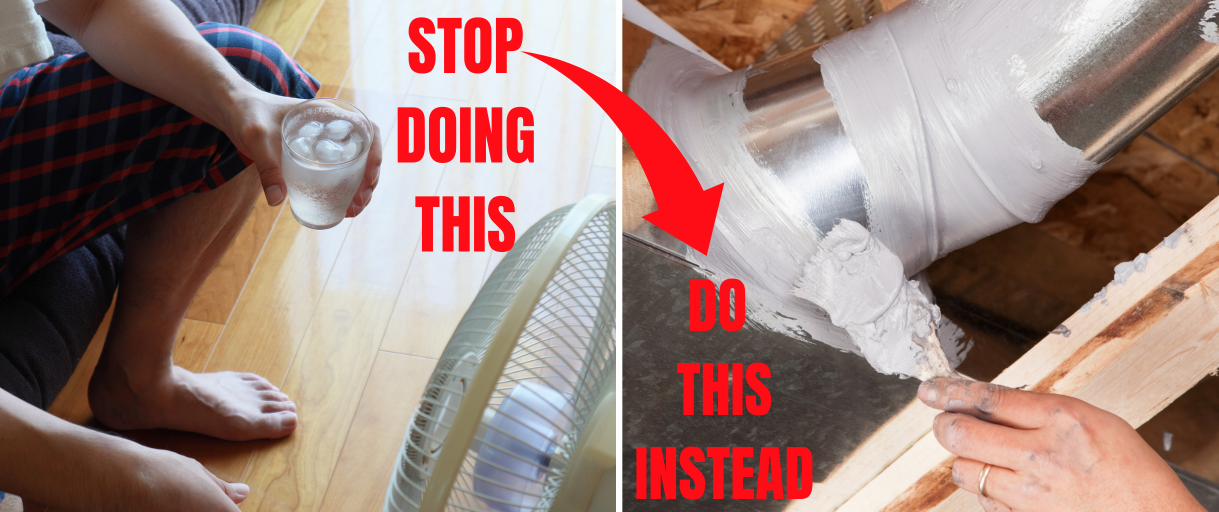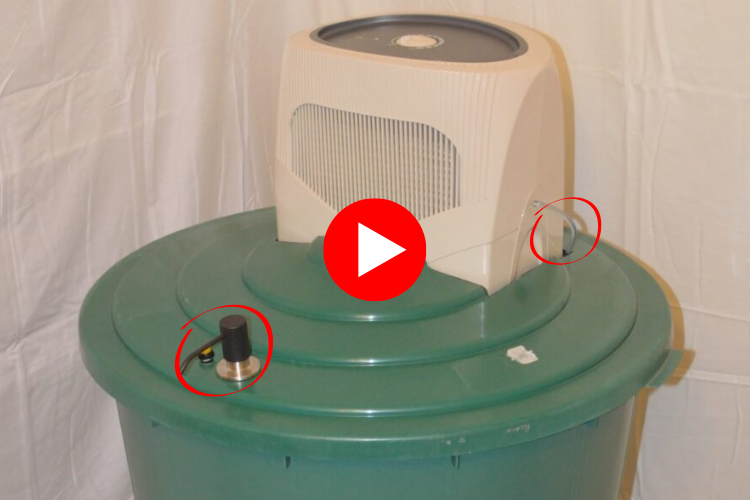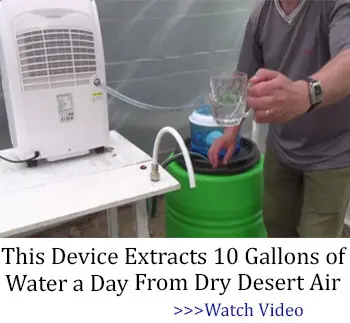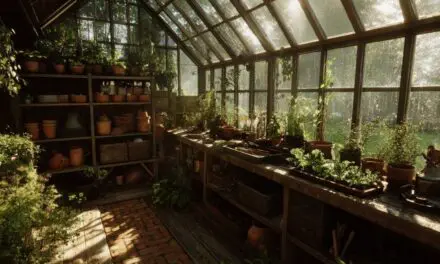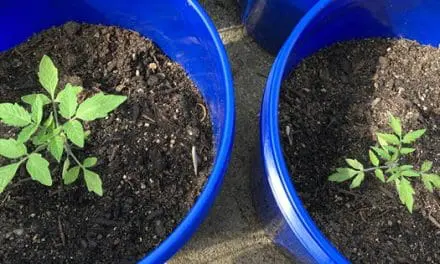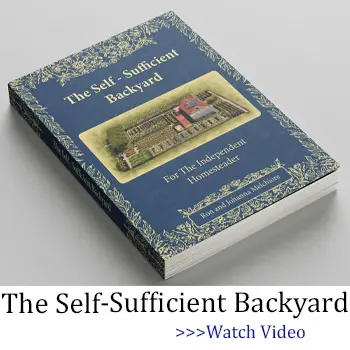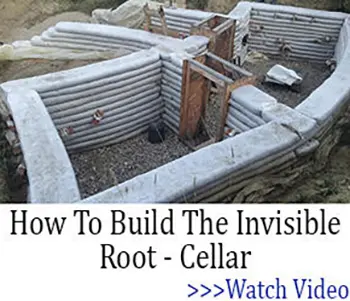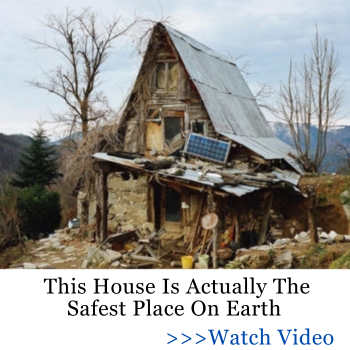When summer hits full force, even the best-built homesteads can feel like they’re baking from the inside out. Sure, air conditioning helps, but not everyone has it, and even if you do, running it all day can burn through your power supply and your budget. But here’s the good news: you don’t need to spend a fortune or overhaul your entire house to keep things cool.
If you’re looking for simple, affordable ways to keep your home cool this summer, whether you’re fully off-grid or just trying to use less electricity, these tricks are worth trying. They’re cheap, easy to implement, and surprisingly effective when the temperature starts to rise.
So let’s dive in.
DIY Passive Evaporative Cooling Box
Keep your indoor air cooler using a simple, off-grid evaporative cooling box. Made from natural materials and powered only by airflow and evaporation, this clever project cools small spaces or personal zones without electricity — perfect for off-grid living or power-saving days.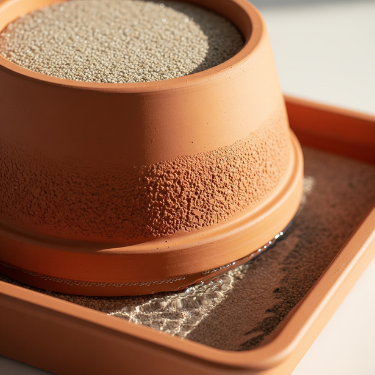
Things You’ll Need:
Terracotta pot
Sand or gravel
Water reservoir tray
Small fan (optional) or strategic airflow placement
How it works:
Water evaporates through the porous pot walls, cooling the air inside and around it. This box can be placed near windows or vents, helping reduce temperatures quietly and efficiently.
To keep this process going, you need a steady water supply in the reservoir tray. But what if you’re completely off-grid or facing water shortages? Or if the water grid collapses or becomes contaminated? Then, it’s only a matter of days before things get deadly. Because truth is, the human body simply can’t survive without clean water, especially in the summer heat. And with more and more extreme heat waves rampaging the US and putting strain on the local grids, it’s only a matter of time before we have to face the real danger.
And here’s the part most people don’t think about: during extreme heat waves, water systems are pushed to the brink. Droughts dry up reservoirs, demand skyrockets, and aging infrastructure starts to fail. Cities have already seen water pressure drop, boil notices issued, or taps go completely dry. If the heat doesn’t get you, dehydration will.
That’s why water should be your number one priority this summer. One of the simplest solutions is this backpack-sized water generator. It’s small, affordable, and highly effective, pulling moisture from the air and turning it into up to 40 gallons of pure water per day.
Utilize Cross-Ventilation
One OG method that our ancestors also used to cool their houses was cross ventilation. As the name says, this method involves allowing cool air to enter from one side of the house and warm air to escape from another. The process is simple, and you don’t need much to begin with it.
Things You’ll Need
- Vents or windows on opposite sides of walls.
- Breathable curtains.
Method
Those windows you have in your house, keep them open all the time. Especially during the early morning or evening, when the air is cool. This will let fresh air come inside while the warm and stale air gets pushed outdoors. You can also hang in some breathable curtains to allow the flow of fresh breeze and block harsh sunlight.
Clay Pot Cooler (Zero Power Needed)
This one uses similar principles as the terracotta box we talked about before. This old-school trick goes way back, used in desert regions long before electricity was even a thing. It’s called a zeer pot, and it works by harnessing evaporative cooling to chill down the air around it. Great for keeping produce fresh… but if you make a larger version and place it near a window, it can help cool down your space too.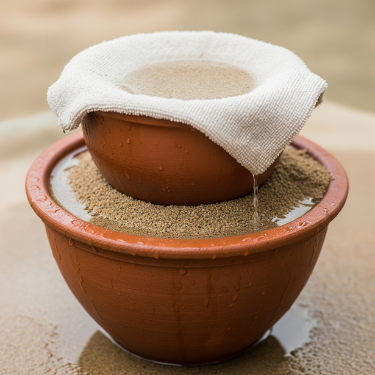
Things You’ll Need:
Two unglazed clay pots (one smaller than the other)
Sand
Water
Cloth or towel
Optional: a small stand or platform
Method:
Place the smaller clay pot inside the larger one, with a layer of sand in between them. Pour water into the sand slowly until it’s saturated. Drape a damp cloth over the top. As the water evaporates, it pulls heat away from the inner pot—creating a cooling effect.
Set this near a window or breezy area to enhance the effect. It’s not going to chill an entire room like an AC, but it can make a difference in smaller spaces or keep your perishables cooler without a fridge.
But the clay pot method isn’t just for summer. In the winter, you can flip the principle and use it to radiate heat. By placing a few clay pots upside down over lit tea candles, the terracotta absorbs and slowly releases warmth, creating a surprisingly effective DIY heater for small spaces when the grid is down.
This is just one of the many affordable and simple ways to heat your home. But during a blackout, you need more than just a tea candle heater to stay safe. I’ve discovered several methods that can help you not only survive a blackout, but also keep your home warm in the winter and cool in the summer. These are some of the most cost-effective and secure options I’ve found, and I wanted to share them with you here.
Keep the Sun Off Your House
We all know sunlight is the main culprit in warming our houses during the summer, so why not block it from coming inside? Keeping the sun off your walls, roof, and windows can drop indoor temperatures more than you’d think.
Things You’ll Need
- Old tarps or sheets.
- Nails, hooks, or ropes.
Method
Have old tarps or sturdy sheets lying around in your backyard? Why not put them to good use to cool off your home sweet home? You simply need to fix them on the roof or on the side walls using nails or hooks. Or an easier way is to tie these sheets with a rope over your house.
If you prefer a more fancier look, you can also use an old outdoor umbrella. Just pop it up at the spot where the sun shines brighter, and your house will have plenty of shade.
DIY Swamp Cooler
The easiest way to cool your house is to use a cooler. However, this perk can surely have your bills skyrocket. But when you have a DIY formula for a low-tech swamp cooler, then there’s nothing to worry about. Especially if you live in a dry area, this gadget can be a lifesaver for you.
Things You’ll Need
- A spare fan.
- Frozen water bottles.
Method
The easiest way to make yourself cooler is by using the things you already have on your homestead. Grab a bucket, fill it with frozen water bottles, and for a long-lasting cooling effect, consider adding some ice cubes. Now, take a small fan and place it in a way that air blows over the top of the ice. This way, the fan will push cool air into the room.
If you live in humid areas, the ice or water bottles may melt quicker than expected. To avoid this, you can also place a damp towel over the frozen bottles. While you may have to spend a bit on using the fan, the expense is much less than having an air conditioner.
Bonus Tip: The Amish “AC” Unit
If you like the swamp cooler idea but want something even simpler, and completely off-grid, there’s an old-school trick still used in Amish homes today. It’s often called the “Amish air conditioner,” and it doesn’t use electricity at all. It has no fan, no cords, no humming sound, but a clever use of materials that circulate cool air where you need it most.
It’s not something you’ll find on store shelves, but it’s incredibly effective and surprisingly easy to set up once you know how. I tried it myself and let’s just say, it puts most high-tech gadgets to shame.
DIY Radiant Cooling Panel
Keep your indoor air cooler with a simple, off-grid radiant cooling panel that uses no electricity and few materials. This clever setup absorbs and releases heat slowly, helping reduce indoor temperatures during hot days.
Things You’ll Need:
Thin metal sheet or aluminum baking tray
Wooden frame or sturdy cardboard
Reflective foil or aluminum tape
Mounting hooks or string
How it works:
The metal sheet absorbs heat from the air during the day and radiates it away when temperatures drop at night. Position the panel near a window or doorway where it can catch breezes or cooler evening air, allowing heat to dissipate naturally. Covering the back with reflective foil helps bounce heat outward instead of into your home.
This passive method won’t cool an entire house but can create a noticeable difference in smaller rooms or personal spaces. It’s a quiet, zero-energy way to tame heat without gadgets or fans—and easy to build with stuff you already have.
Want to take it a step further?
There’s another cooling trick I’ve used that doesn’t need electricity at all, not even a fan. It’s a simple DIY air conditioning unit that works completely off-grid, and you can build it using stuff you probably already have lying around your homestead.
I picked it up from a collection of no-grid projects designed for off-the-grid living, and it’s clever, cheap, and surprisingly effective in a hot summer. You won’t find this in most how-to guides.
Consider Growing Shade Plants or Vines
What other way could be better than cooling your house with nature’s bounty. With a few plants here and there on your homestead, or more specifically with vines, you can literally drop the temperature of your home considerably.
Things You’ll Need
- Sunflower, beans, or climbing vines seeds.
- Old pallets or a simple trellis.
- Basic gardening tools.
- Mulch
Method
Choose the sunniest spot in your house, usually the west or south walls. Now sow seeds of tall but fast-growing climbing plants such as sunflowers, gourds, and pole beans. Place a trellis or old pallets to help these plants climb and cover more space. Ensure the setup is sturdy enough so the vines can climb as high as possible.
Now, regularly mulch the soil to help the plants grow fast. As these vines spread, they will form a natural curtain and will block the sun from getting in touch with your house. And the best part? Your home will get a greener makeover with beautiful flowers and veggies as an added bonus.
Whitewash or Limewash Roofs
Another easy and DIY way to keep your farmstead home cooler is by whitewashing or limewashing your roof. This old trick has been around for ages, and for good reason. A light-colored roof reflects the sun instead of soaking up all that heat. Less heat on the roof means less heat sneaking into your rooms.
Things You’ll Need
- Hydrated lime or masonry lime.
- Paint brush.
- Bucket and water.
Method
Mix your lime with water in a bucket until it’s like thin paint. Make sure to wear gloves and old clothes as lime can be messy. Use a brush or sprayer to coat your roof or even your outer walls if you like. When the sun hits your roof, the white layer bounces that heat away instead of pulling it in. It’s cheap, easy, and safe for most farmstead roofs. Just touch it up once a year if it fades.
Final Thoughts
Living off-grid in the summer heat doesn’t mean you have to sweat it out or drain your wallet paying for extra power. With just a few simple tricks, you can keep your home cooler the old-fashioned way. Most of these ideas cost next to nothing and can be done with things you probably already have lying around.
So pick one or try them all. Small changes add up fast when the sun is blazing.
8 Cheap DIY Projects You Need To Add To Your Backyard In 2025 (Video)

